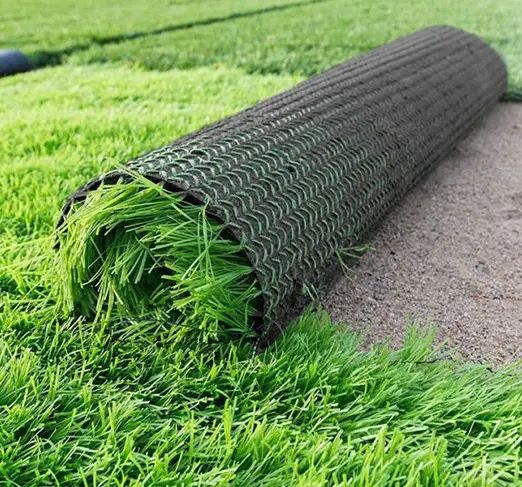The term Shade Net Factory now evokes images of highly automated production lines rather than manual weaving halls. Modern shading factories adopt systems that handle extrusion, yarn preparation, mesh weaving, tension control, and finishing in a seamless flow. This evolution boosts throughput and steadies product quality across batches.
Shade Net Factory and Automation Trends
Automation marks one of the strongest shifts in factory operations. Machines equipped with digital control panels and sensors monitor yarn tension, weaving speed, and stitch consistency in real time. Fault detection systems flag misweaves, broken threads, or irregular mesh patterns for immediate correction. Such automation ensures minimal downtime, fewer rejects, and stable output.
Emerging research explores robotic knitting methods that adapt to changing patterns on the fly. These systems “learn” fabric pattern structures through visual feedback, then adjust machine motions accordingly. That capability opens doors for factories to produce complex net structures without manual reprogramming.
This level of smart automation enables factories to maintain high throughput even in off-peak hours. Some plants start implementing “lights-out” scheduling, where production continues overnight with limited human supervision. Factories may reduce labor costs while keeping steady output.

Shade Net Factory and Material Innovation
Material development remains crucial for factory competitiveness. A factory that adopts newer UV-stabilized HDPE blends, or incorporates recycled polymer fibers, can offer nets that last longer under intense sun. Enhanced stabilizer systems slow degradation and reduce discoloration over time.
Blocking agents, anti-tear additives, and improved weaving density also emerge as factory features. Edge reinforcement techniques prevent fraying, and high-precision knitting ensures uniform mesh geometry. Some factories test composite nets combining different fiber types for hybrid benefits.
Material innovation also includes environmental awareness. Factories exploring lower carbon footprint production, recycling scrap nets, or adopting eco-friendly stabilizers could gain favor among sustainable agriculture projects.
Shade Net Factory Quality Control
A modern Shade Net Factory cannot rely solely on production capability; it must also deliver trust and consistency. Quality control systems inspect raw materials (virgin vs. recycled resin), test UV resistance after accelerated aging, and sample nets under tension tests. Standardized test protocols and certifications ensure that delivered products match promised specifications.
Shade Net Factory Market Demand & Expansion
Global demand for shade nets continues to grow, spanning agriculture, horticulture, construction, and non-agricultural shading applications. The agricultural nets market is projected to climb significantly over the next decade, driven by wider adoption of protected agriculture, stricter climate adaptation measures, and expansion of greenhouse farming.
To meet surging demand, many factories expand capacity, install new looms, or open new production lines. Some factories branch into regional facilities closer to demand centers in Southeast Asia, Latin America, and Africa to reduce shipping time and costs. Expansion also helps manage risk; factories diversify product lines to stabilize revenue when any single segment dips.
Shade Net Factory Response to Custom Demand
Customers increasingly demand products tailored to their climate, crop, or structure shape. A smart Shade Net Factory adapts by offering customization in shading rate (e.g. 30 %, 50 %, 70 %), color (green, black, silver, pearl, blue), width, and mesh pattern.
Conclusion
From manual weaving halls to digitally controlled facilities, the evolution of the Shade Net Factory reflects larger changes in agriculture and industrial manufacturing. Factories that integrate smart automation, material innovation, tight quality systems, and customization capacity stand positioned to meet growing global demand.



 英语
英语 西班牙语
西班牙语










